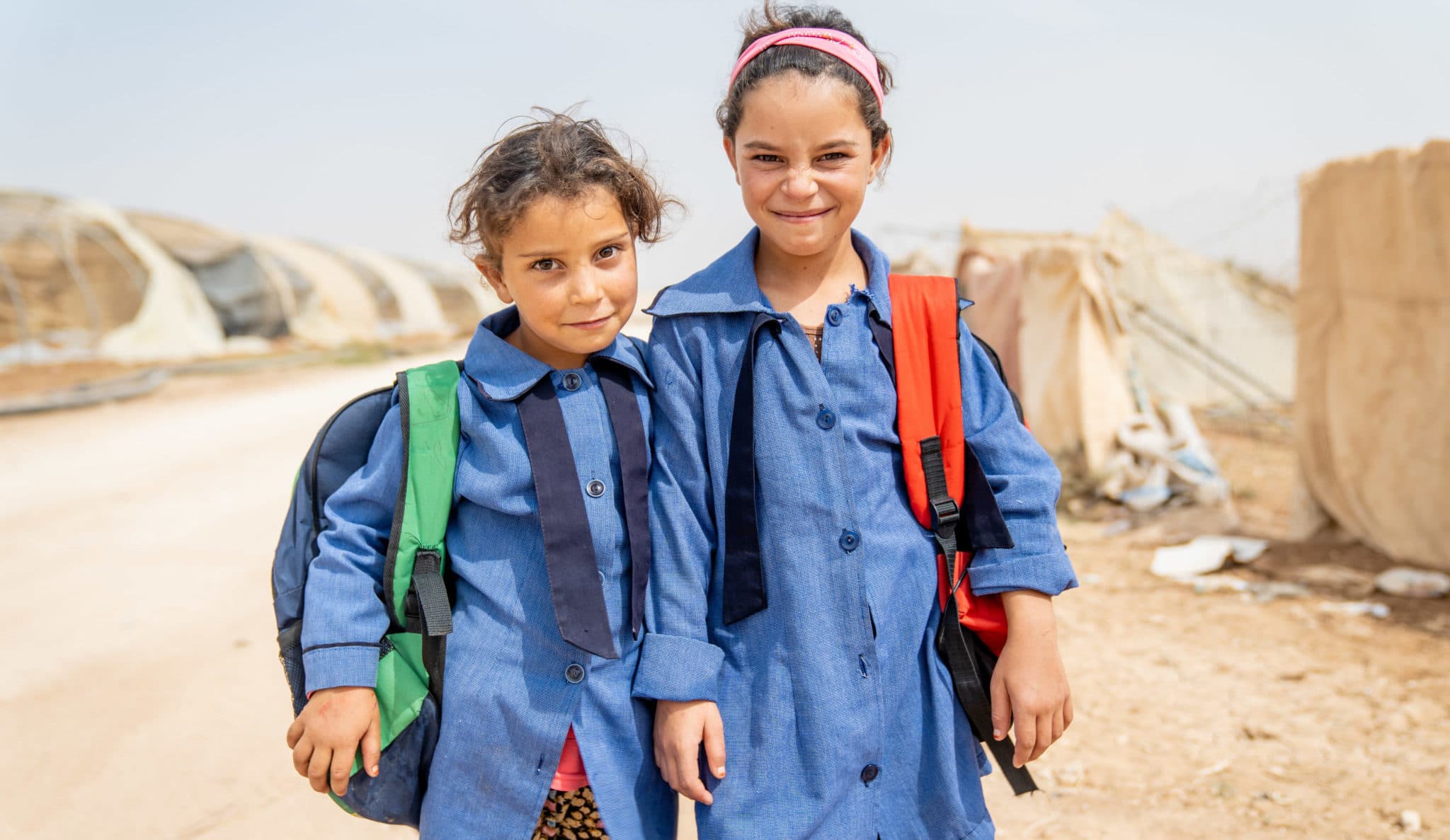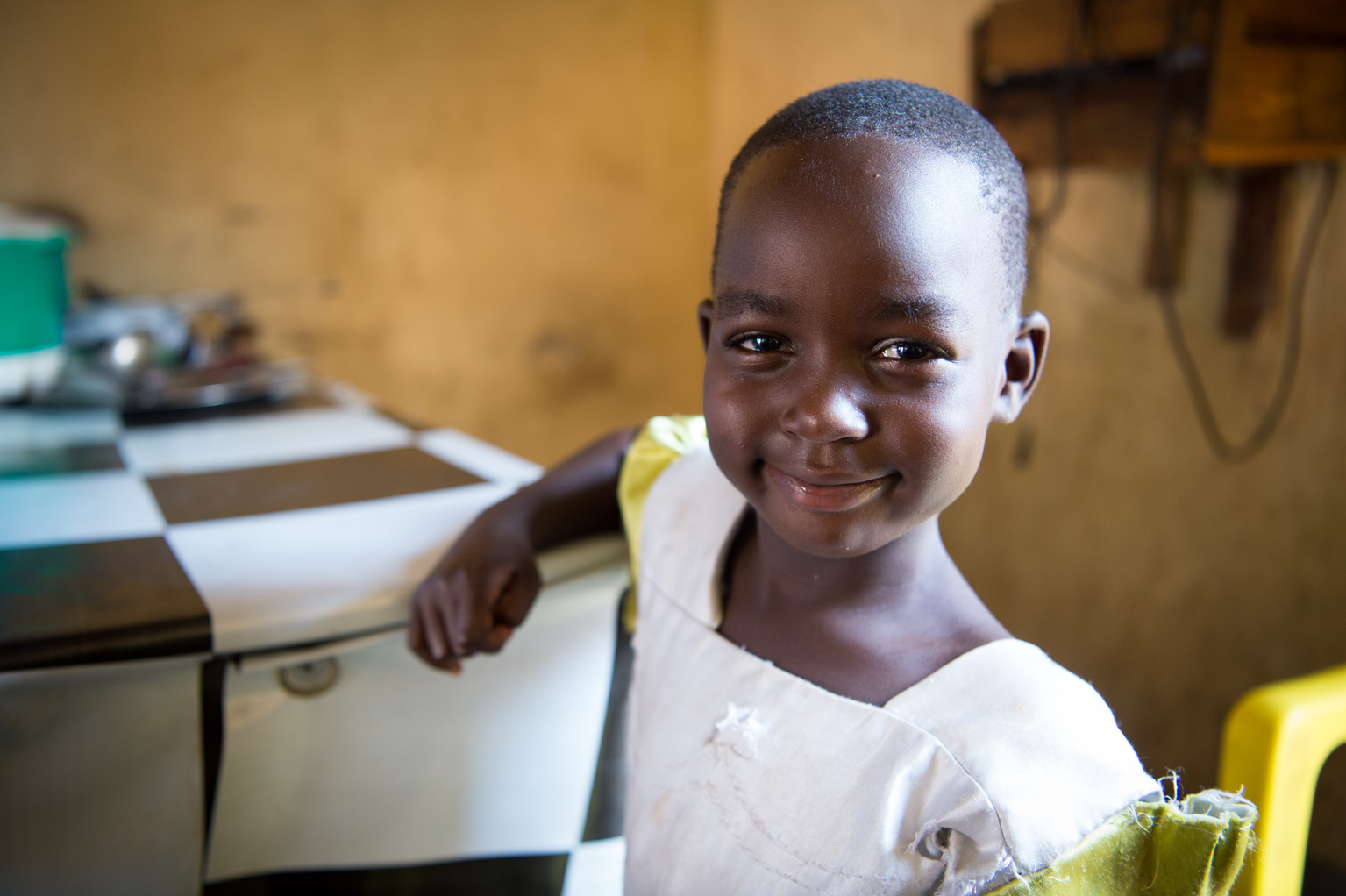
During the first half of the twenty-first century, an unprecedentedly large proportion of the population in the Middle East and North Africa will transition into their most productive years, opening up the potential for a demographic dividend – economic growth spurred by demographic changes. The most favourable period for the region overall will be between 2018 and 2040, when the dependency ratio – the proportion of non-working-age people to working-age people – is predicted to be lowest. This temporary lowering of the dependency ratio of the population has the potential to increase shared wealth and facilitate an expansion of opportunities for all – but only under certain conditions.
Children and young people (0-24 year olds) in the Middle East and North Africa currently account for nearly half of the region’s population and have the potential to become agents of change, contributing to a more prosperous and stable future for themselves and their communities, and playing their part in reaping the demographic dividend. However, unleashing this potential requires urgent and significant investment to create opportunities for meaningful learning, social engagement and work, all of which are currently limited, particularly for certain groups such as young women, refugees and youth with disabilities.
Despite slowing growth rates, MENA’s population will double in size during the first half of the 21st century
In the years between 2015 and 2030, the populations of Iraq, Bahrain and the State of Palestine are projected to grow by almost 50 per cent. Other countries, such as Sudan, Syria and Oman are expected to see increases of approximately 40 per cent – although the current crisis situation in the region may affect this projection. Lebanon, on the other hand, is the only country expected to experience a shrinking population, decreasing by around 8 per cent by 2030. Other countries with relatively minor population growth of less than 20 per cent are Iran, Tunisia, Morocco, and Libya.
By 2050, half of the countries in MENA are projected to experience population increases of at least 50 per cent from their 2015 levels – with Iraq, Sudan and the State of Palestine experiencing approximately a doubling of their population in the 35 years between 2015 and 2050.
Egypt will experience the largest population increase in absolute terms, with 60 million people between 2015 and 2050 (26 million up to 2030), followed by Iraq with 45 million (17 million up to 2030) and Sudan with 42 million (16 million up to 2030). Together, these three countries alone will contribute almost 50 per cent of the total population growth by 2030 and 2050. Overall, countries that are fragile or in conflict and poorer countries tend to have faster growing populations. The population of Lebanon, by contrast, will decrease by 480,000 between 2015 and 2030, with hardly any more changes between 2030 and 2050.
Changing age structures will open up demographic dividend window for many countries in MENA
All MENA countries are experiencing a shift from a younger to an older population age structure and will have the opportunity of benefitting from a demographic dividend, as long as appropriate policies are in place. However, this window of opportunity differs from one country to another, depending on the pace of their fertility decline and changes in the proportion of the working age population. While in 1990 the majority of countries in MENA were still in a pre-dividend stage, most are now in an early-dividend stage or have recently transitioned into a late-dividend stage.
Countries in the Middle East and North Africa by demographic type (1990-2085)
There are barriers to taking advantage of the region’s demographic shift
By mid-century, 271 million children, adolescents and youth (0-24 years) will live in the MENA region. Along with their descendants, they have the potential to transform the region, breaking longstanding cycles of poverty and inequality. But such transformation requires investment in essential services including education, health and protection, in addition to addressing obstacles to civic engagement and the transition to employment.
Barriers related to political and social stability
Conflict and violence: The region is one of the most dangerous places in the world for adolescents and youth to live, with huge numbers experiencing violence, often by those entrusted with taking care of them. This includes violence at school, both in the classroom and in the playground.
Lack of engagement: Civic engagement levels among the adolescents and youth of the region are the lowest in the world, with only nine per cent of youth across Arab countries volunteering with a civic organisation in any given month, compared with 14 per cent in the next lowest region (sub-Saharan Africa). Adolescents’ and youth’s sense of citizenship is compromised by violence, social norms and other factors. There are limited opportunities for them to collaborate and develop a sense of shared responsibility and few spaces where they can create and enjoy their own world.
Barriers related to inclusive and equitable economic and social policy
Most countries in MENA continue to marginalise the most vulnerable adolescents and youth, particularly those who are young women, poor, refugees or who have disabilities, impacting their ability to realise their full potential. This inequity prevails across the region and is at the heart of many of the challenges encountered by adolescents and youth. Among the economic and social policy barriers that must be addressed are:
Poverty-based exclusion and inequity: The recent Child Poverty in the Arab States report took into account 78 per cent of the under-18 population in the relevant countries (approximately 118 million). Of those 118 million under-18-year-olds, approximately 53 million (nearly half) experience moderate poverty, while 29.3 million (1 in 4 on average) experience acute poverty.
Gender-based exclusion and inequity: Gender-based barriers to engagement affect girls and young women in MENA negatively, as conservative norms and the associated discrimination in homes, educational institutions and the workplace result in their being barred from full participation in civic, social and economic platforms.
Marginalisation of refugee children, adolescents and youth: Refugee children are subjected to discrimination and violence in schools, issues of quality and certification of their schools, decimation of family assets and livelihoods, limited freedom of movement, restrictive labour laws, a higher incidence of disability and lack of documentation. Data show that about 35 per cent of school-aged Syrian refugees in neighbouring host countries are still out of school.
Marginalisation of children and youth with disabilities: The experience of children with disabilities is often one of marginalisation and disempowerment. Many live isolated lives and struggle against stigma, discrimination and an environment that does not accommodate their needs and excludes them from social participation.
Barriers related to expanded employment opportunities
Youth unemployment (15-24 years) in the region is currently the highest in the world and is a challenge both for those unable to complete formal education and for those with relevant secondary or tertiary qualifications. As of 2018, an estimated 29.3 per cent of adolescents and youth in North Africa and 22.2 per cent in the Arab states are unemployed. For female youth, the unemployment rate is even higher, being 40.3 per cent in North Africa and 36.5 per cent in the Arab States.
Poor quality education: Supply side barriers to providing the education needed to reap the demographic dividends include: (1) centralised systems; (2) outdated methodology and curricula; and (3) poor learning outcomes.
Mismatch between skills and labour market requirements: Those learners in the region who do make it into the marketplace are often ill-equipped for its demands, with employers reporting a widespread shortage of crucial life skills such as creativity, critical thinking, problem-solving and communication.
The high proportion of youth not in education, employment or training (NEET) in MENA is serious concern. Young women in particular are at much greater risk of being unemployed or NEET than young men. While on average it takes young men in the region two to three years to transition successfully from school to work, young women are increasingly not making the transition at all.
Lack of available jobs: Jobs in the formal private sector are particularly difficult for adolescents and youth to access. An inverse correlation between educational attainment and employment exists in many MENA countries. Overall, each additional year of schooling adds only around 5.4 per cent to earnings, compared to the world average of 7 per cent. The corresponding ‘graduation unemployment’ is eroding both perceptions of, and the incentive to participate in, secondary and post-secondary education, particularly for girls in the region.




